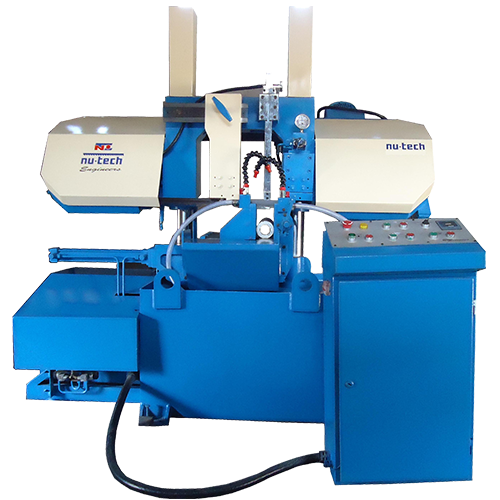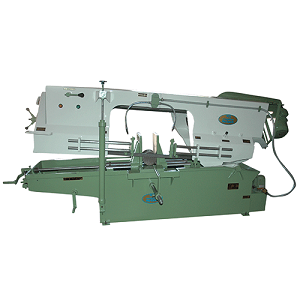Why Is Bandsaw Burning The Wood?

Causes of a Bouncing Bandsaw Blades
April 23, 2022
Why Is Bandsaw Smoking?
April 28, 2022Why Is Bandsaw Burning The Wood?
On the off chance that you see burn blemishes on the cut edges of wood after you cut them with your Bandsaw, it is on the grounds that over-the-top hotness from the saw blade is searing the stock as it goes through the wood. There are three justifications for why this can happen.
A Dull or Dirty Bandsaw Blade Might Be the Culprit
Ensure that the blade is sharp, clean, and liberated from the pitch. A dull blade will make it difficult to cut rapidly, and the slower the feed pace of the saw, the more erosion against the wood and the more prominent the probability of burn marks. Pushing the stock through the saw also leisurely is a typical reason for saw blade burn. Now and again a blade that feels dull could be grimy. Assuming wood pitch tars develop behind the teeth of the blade, the chopping rate will dial back, expanding the opportunities for burns. Business blade cleaners are sold for this reason.
Bandsaw Blade and Guide Fence Alignment
In the event that the saw blade and guide fence are not impeccably adjusted, the stock will in general push sideways against the fence as you feed it through, making more tension and contact on the wood. Measure between the blade and the fence at both the front and back of the blade and in the event that the estimations aren’t the very same, check your saw use-and-care manual and change the blade arrangement so it is right.
Feed Speed May Be wrong
Woods like cherry or delicate maple are more helpless to burning, and they should be taken care of quicker to forestall burns. Experience with various wood species will ultimately show you ideal feed speeds for various sorts of wood and thicknesses of stock. While slow feed speeds make smoother cuts, they likewise make burns more probable. Finding the not-too-quick, not-too-slow feed speed takes some training. Assuming you have burns on your stock that you want to eliminate, you can take a stab at sanding them out, however, you could have a touch more karma utilizing a wood plane or a sharp, level scrubber. Assuming you make legitimate acclimations to your saw before you start the venture, you’ll diminish the possibilities that you’ll need to manage saw blade burns.
Read more about Causes of a Bouncing Bandsaw Blades

